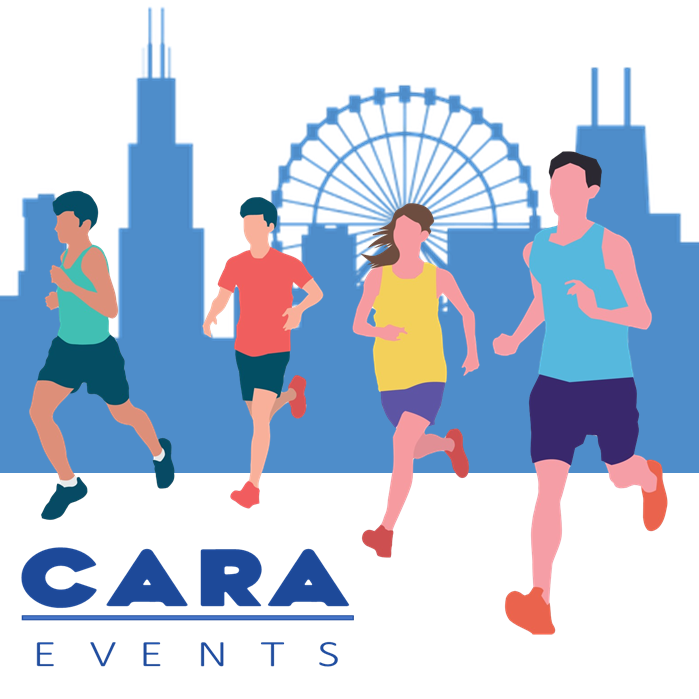The Chicago Marathon is one of the six major marathons that take place around the world along with new York, Boston, London and Berlin. Runners from all around the world will attempt to reach the finish line in Grant Park.
Its history goes back to 1905 when just 15 athletes participated. Only 7 of those actually finished the race. Nowadays around 45,000 people run the event including many world class athletes. Known for its flat and fast course it winds through one of the world’s most scenic city centres. It has produced four world records, a number of national records and many personal bests.
Runners can expect up to 1.7 million spectators lining the streets as they run through the 29 neighborhoods.
Last year however saw some changes as a result of the pandemic. The race was run virtually to stop crowds gathering and avoid spreading the virus. Registered runners had the choice of deferring to next year’s race or competing as a part of a virtual community. These were via self-designed courses throughout Chicago.
Running groups from the city organised to provide hydration stations along the Lakefront Trail route. The largest organisation, CARA also provided stations in five different suburban locations. CARA usually has about 2,000 runners doing the marathon but only 700 members participated in the virtual event.
Whilst disappointed a lot of the group were excited to help out also handing out oranges, running gel and vaseline.
Many runners headed to the lake, forests or their neighborhood streets to run their routes but were sad to miss out on the traditional sights and sounds that runners encounter every year. These include the colorful parties in Lakeview East, the dancing dragons in Chinatown and the bridges across the Chicago River.
Another thing missing was the absence of cheering spectators lining the sidewalks. An exciting and energy boosting experience for both athlete and spectator alike.
This year’s event will also be very different and will be unlikely to draw many of the world’s best runners. Competition to sign them up is particularly fierce. This is due to the other major marathons all having to fit their races into the same 2 month window in the fall.
The Boston Marathon is usually held in April but this year falls on October 11th, the day after the Chicago marathon. For that reason this year more emphasis will be placed on giving opportunities to athletes who haven’t had an opportunity within the last couple of years.
Many top athletes are expected to compete.
A lot of them run one marathon within the spring and one within the fall. For that reason they have to decide in advance which races they’ll run. The organisers are still holding out for some big names however and talks are underway with managers and coaches.
The reality is though that it won’t be anything like the huge events of previous years. Despite this, all efforts are being made to make it as good as possible given the limitations. With vaccinations taking place across the country there is optimism that things could be back to normal by next year.
